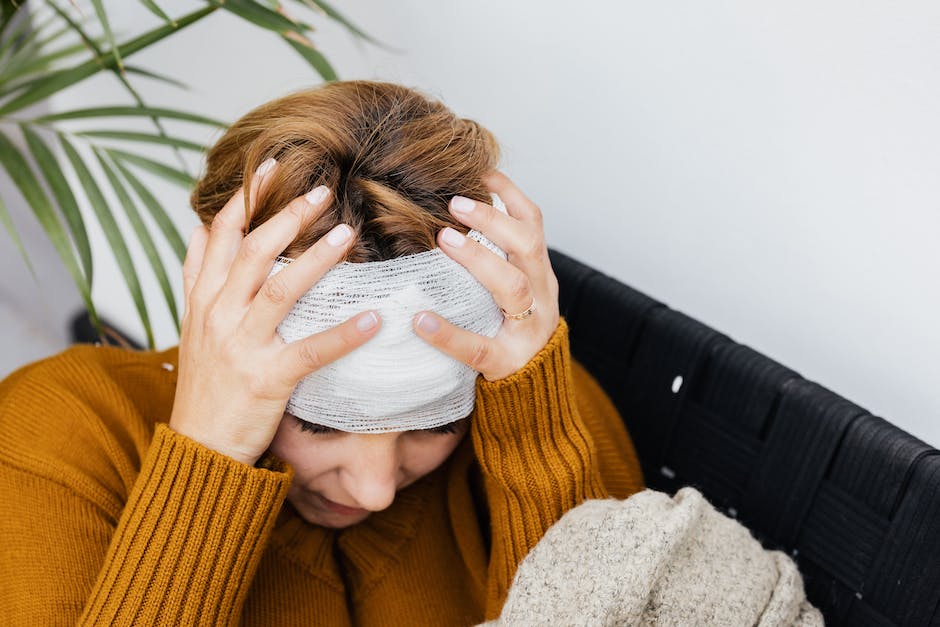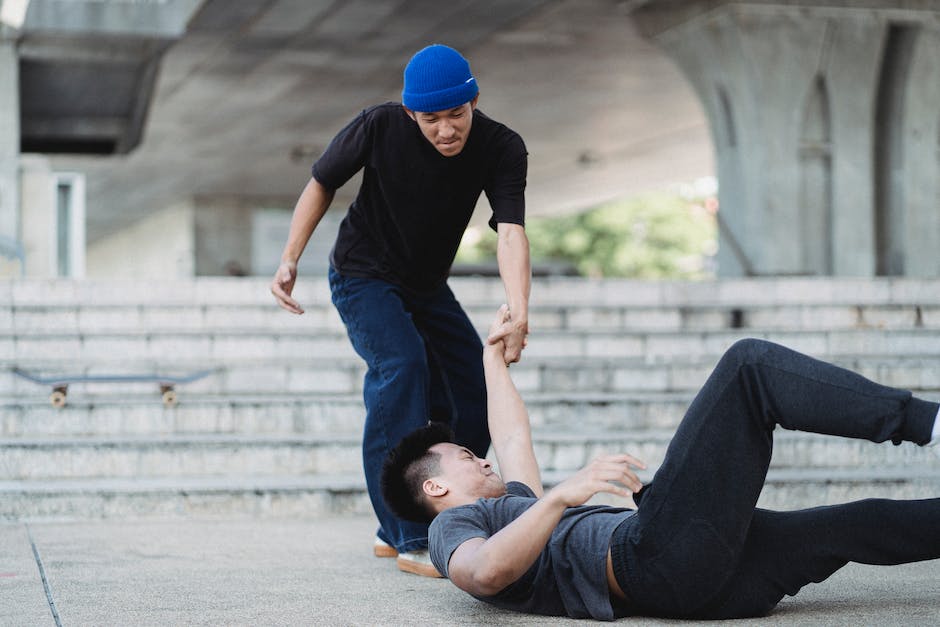Cannabis has been a popular topic of discussion for quite some time now, with its potential therapeutic benefits making headlines across the globe. With the growing interest in this plant-based remedy, volleyball players have been turning to cannabis as a means of managing the pain and discomfort caused by their sport-related injuries. While many are still hesitant to try it out, there are a growing number of studies that showcase the advantages of cannabis for managing pain and inflammation, making it an alluring alternative to traditional remedies. In this blog post, we’re going to explore the benefits of cannabis for managing volleyball-related injuries, as well as the science behind how it works in the body.
Explanation of common volleyball-related injuries

Volleyball is an intense and physically demanding sport that involves a lot of jumping, diving, and hitting, making players susceptible to a range of injuries. Some common volleyball-related injuries include:
1. Sprains and strains: These are the most common types of injuries that occur in volleyball, often caused by the quick movements, landings, and changes in direction during the game.
2. Knee injuries: Players are prone to knee injuries such as patellar tendinitis, jumper’s knee, and ACL tears due to the high amount of jumping involved in the sport.
3. Ankle injuries: Volleyball players often suffer from ankle sprains and strains, especially during quick direction changes and landing from jumps.
4. Shoulder injuries: Frequent overhead movements like serving and spiking can lead to shoulder injuries like rotator cuff tears and tendinitis.
5. Back injuries: Intense spinal extension and rotation during the game can cause muscle strains, herniated discs, and other back-related injuries.
Understanding these common injuries is important for every volleyball player to prioritize injury prevention and proper care in case of any unfortunate event. With advances in medicine, there are now additional unconventional healing options available, including cannabis. In the following sections, we’ll explore how cannabis can be a powerful tool in healing and alleviating pain resulting from volleyball-related injuries.
Traditional methods for pain relief
There are several traditional methods for treating pain, including over-the-counter painkillers, physical therapy, and rest. While these methods can be effective, they may not always provide the relief needed for certain injuries. Additionally, some painkillers can have harmful side effects or be addictive. This is where cannabis comes in as a potential alternative form of treatment. By using a strain specifically designed for pain relief, volleyball players can experience targeted relief without the negative side effects of traditional methods. It’s important to note that while cannabis can be an effective form of treatment, it should always be used responsibly and with the guidance of a medical professional.
Introduction to cannabis as a pain reliever

Cannabis is slowly gaining recognition as a potent pain reliever in the medical world. It has shown promising results in treating a variety of medical conditions, from chronic pain to epileptic seizures. The compound responsible for these therapeutic benefits is cannabidiol (CBD), a non-psychoactive component of the cannabis plant. CBD products such as oils, edibles, and topicals have become increasingly widespread and readily available to consumers. However, it’s important to note that cannabis remains a Schedule I drug at the federal level, and its use is still heavily regulated. Nonetheless, many people are turning to cannabis as a viable alternative to traditional pain medication due to its perceived benefits and natural properties. In this blog post, we will explore the advantages of cannabis as a pain reliever for volleyball-related injuries.
Brief history and legal overview of cannabis

Cannabis has been used in traditional medicine for centuries. The plant has been documented as a natural pain reliever in many cultures, including ancient Chinese and Indian medicine. In the United States, cannabis was listed as a legal medicine until the early 1900s when states began to prohibit the use of the plant for recreational purposes.
Despite the growing acceptance and legalization of cannabis in many U.S. states, it is still illegal under federal law. However, the legalization of medical marijuana has allowed individuals in certain states to use cannabis with a doctor’s prescription to treat various medical conditions, including chronic pain.
In addition, the 2018 Farm Bill legalized the production and distribution of hemp-derived products, including cannabidiol (CBD). CBD is a non-psychoactive compound found in the cannabis plant that is believed to have anti-inflammatory and pain-relieving properties, making it a popular choice for athletes dealing with sports-related injuries.
Although the legal landscape around cannabis is complex and in a constant state of change, the use of cannabis and cannabis-derived products as a means of managing pain is growing in popularity. As the debate over the legalization of cannabis continues, it is important to stay informed on the latest research findings and legal developments related to the plant.
Importance of finding alternative pain relief options

Pain relief is essential after any physical injury, particularly for athletes who have to maintain their peak performance levels to continue playing their sport. Traditional pain relievers, such as over-the-counter, prescription drugs, and opioids, mask symptoms but often come with harmful side effects. As sports medicine doctors continue to search for alternative methods of pain relief, cannabis is emerging as a promising solution. The importance of finding alternative pain relief options, particularly ones with fewer negative side effects, cannot be overstated. In this regard, cannabis presents a unique solution to the problem, particularly for those engaged in high-intensity sports like volleyball. With cannabis, athletes suffering from injuries can find fast and effective pain relief without worrying about negative side effects. By exploring the potential benefits of cannabis for pain relief, particularly in the context of volleyball injuries, we can help athletes play their best while also avoiding the risks associated with traditional forms of pain management.
Medical benefits of cannabis for pain management

One potential advantage of cannabis for pain management is its ability to alleviate discomfort without the harsh side effects of traditional pain medication. Cannabis contains a compound called cannabidiol (CBD), which has anti-inflammatory properties that can help reduce swelling and inflammation caused by injuries. Additionally, THC, another compound found in cannabis, has been shown to have pain-relieving properties. In combination, these compounds can provide much-needed pain relief for athletes suffering from volleyball-related injuries, without the risk of addiction or overdose associated with prescription painkillers. While cannabis use for pain management is not yet widely accepted in the medical community, many athletes have reported significant improvements in their pain levels and quality of life after incorporating cannabis into their recovery regimens.
Success stories and personal anecdotes from volleyball players who have used cannabis for pain relief

We spoke to several volleyball players who have experienced positive results when it comes to using cannabis for pain relief. One player shared how chronic knee pain had impacted their ability to perform at their best, hindering their progress and impacting their overall love for the sport. After trying various forms of traditional pain relief, cannabis consistently provided the relief they needed without any negative side effects. Another player spoke of how cannabis effectively eased the intense soreness that came along with playing multiple games in a row, allowing them to continue playing at a high level. These personal anecdotes highlight the potential for cannabis to provide effective pain relief and improve overall quality of life for athletes in the volleyball world.
Different forms of cannabis for pain relief

Cannabis is available in various forms, and it can be consumed in different ways. One of the most common forms is dried cannabis flower, which can be smoked or used to make oil for cooking. Another popular form is concentrates, such as wax, shatter, and oil, which are made by extracting the active compounds from the cannabis plant. Edibles are also an option, with cannabis-infused food and drinks becoming more popular.
For those who would rather not inhale smoke, vaporizers offer a smokeless option. These devices heat the cannabis to the point where the active compounds are released as a vapor, which can then be inhaled. There are also topical treatments, such as lotions and creams, which are applied directly to the skin for localized pain relief.
When it comes to pain relief, different forms of cannabis can vary in their effectiveness and duration. Smoking or vaporizing cannabis offers a more immediate effect, while edibles and topicals may take longer to feel their effects but can offer longer-lasting pain relief.
It’s important to note that the use of cannabis for pain relief should be done under the guidance of a healthcare professional. Dosage and frequency should be carefully considered to ensure safe and effective use.

